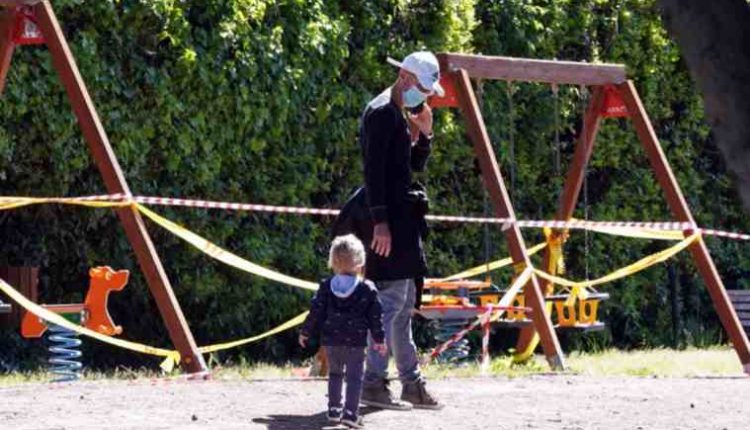
Scarlet fever, the pediatrician: "There is no specific vaccine and does not give immunity"
Among the most common diseases of pediatric age, there is scarlet fever, a disease that mainly affects children between 5 and 15 years, with a peak incidence in the late autumn-winter and spring.
For scarlet fever, there is no specific vaccine and once taken it does not give immunity.
SCARLET FEVER, PEDIATRICIANS SPEAK OF EXANTIMATICS
“Unlike other common childhood rash diseases – explains Elena Bozzola, national secretary of the Italian Society of Pediatrics – scarlet fever is caused by a bacterium and not by a virus.
It is caused by strains of Streptococcus Beta-Hemolytic Group A (SBEGA) that produce a toxin called pyrogenic. The pyrogenic toxin, in susceptible individuals, passes into the bloodstream causing the rash and other symptoms of the disease.
Toxin-producing SBEGA infection is transmitted by air with saliva droplets (cough, sneezing) by a sick or carrier and is usually borne by the pharynx (streptococcal pharyngitis)”.
SCARLET FEVER: SYMPTOMS, INCUBATION AND THERAPY TIMES
The incubation time of scarlet fever varies between 1 and 7 days and the patient is contagious from 1-5 days before the development of symptoms and throughout the duration of the disease, if no proper therapy is established.
“In case of adequate antibiotic treatment (Penicillins) the child is no longer contagious after 48 hours from the start of therapy,” says Bozzola. “The diagnosis of scarlet fever is essentially clinical,” explains the pediatrician.
The laboratory confirmation in doubtful cases is with the discovery of SBEGA in the pharyngeal swab and the increase of antibodies directed against streptococcus (typically TAS)”.
In the course of the disease there are two phases “The pre-exanthematical phase in which the symptomatology begins abruptly – explains secretary Sip- with fever (39-40 ° C caused by pyrogenic toxins) and chills; headache; nausea and vomiting; enanthema, which finds its most evident expression in red pharyngeal angina, or inflammation of the pharynx (pharyngitis) that manifests itself with a sense of constriction to the throat and painful swallowing (hence the name ‘angina’) and finally, the tongue is first covered with a white patina and then, flaking out, becomes bright red with hypertrophic papillae so as to recall the surface of a strawberry (‘strawberry’ tongue)”.
Then there is the actual rash phase: “Within 12-48 hours, the typical scarlet red rash appears, which begins in the groin, armpits and neck, and then generalizes to the trunk, arms and legs and, within 24 hours, to the whole body – explains Bozzola-.
On the face, the reddening of the cheeks contrasts with the relative paleness of the nose and the area around the mouth. This distribution of the rash gives the face a characteristic appearance known as ‘Scarlatinous Mask’ (or Filatow’s Mask).
At the level of the tongue, there is a rash with redness of the papillae and a whitish patina”. The skin manifestations have the appearance of “pinhead microelements of scarlet red color not confluent with each other, which discolor under pressure (yellow hand mark) and remain to the touch a particular feeling of roughness (sandpaper).
The rash – clarifies the expert of the Sip – is attenuated in 3-4 days giving way to desquamation with fine flakes that starts at the face and continues to the trunk, hands and feet and can last up to 10-20 days”.
READ THE ITALIAN ARTICLE
READ ALSO
SOURCE

